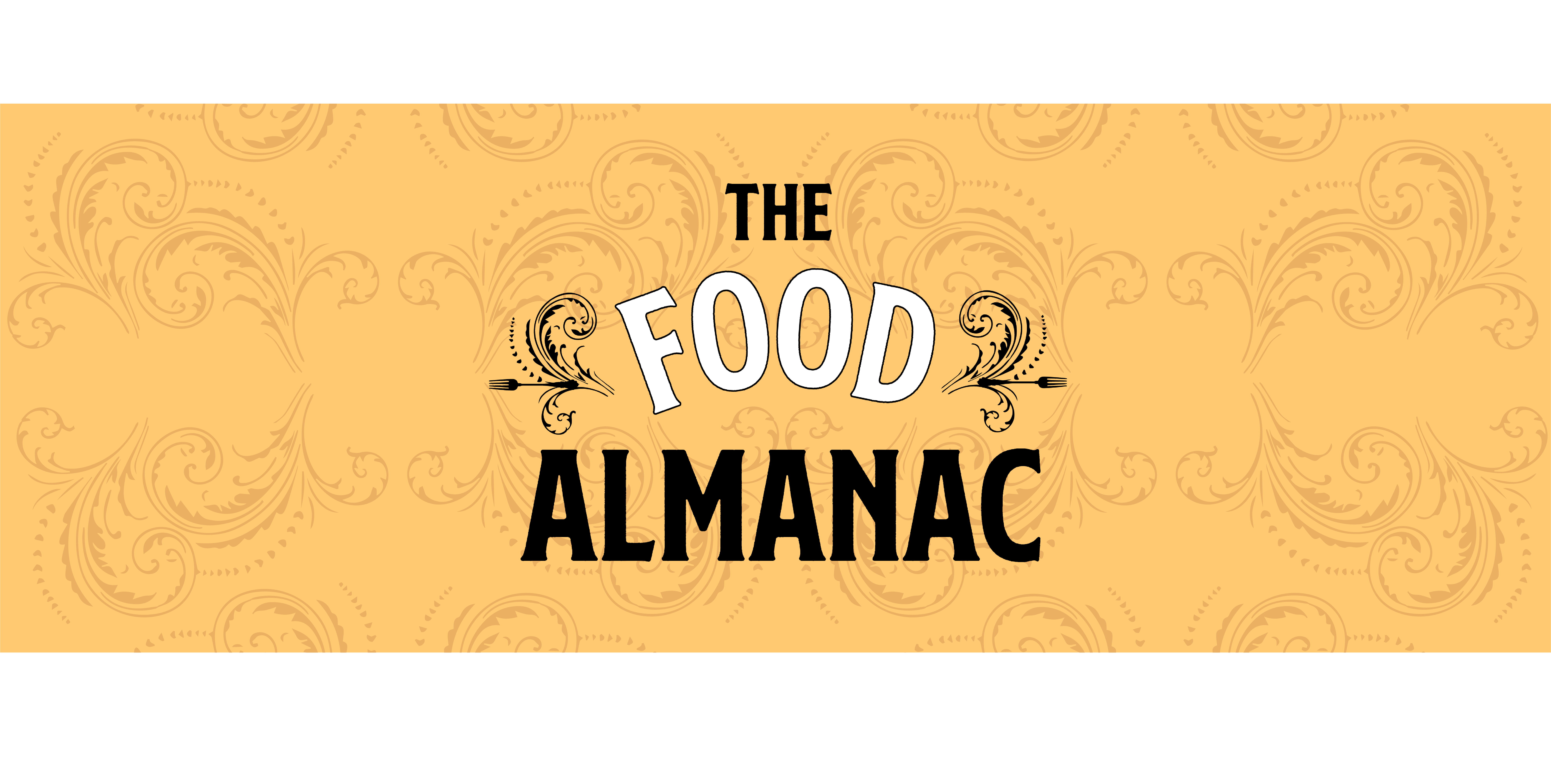Full Moons
January
Native American lore calls this the Wolf Moon. Here in New Orleans, it's the King Cake Moon, defined as the first full moon after Christmas. King cakes, once limited to the Carnival season (January 6 through Mardi Gras), have become available outside those dates--notably in a green-and-red version that sells through the Christmas season. The bakers shift to the Mardi Gras colors of purple, green, and gold colors on December 26.
The Old Kitchen Sage Sez: The richness and enjoyment you receive from coffee brewed at the year's first full moon predicts the pleasures you will have in the rest of the year--at least that part of it in which you are drinking coffee.
The moon reached fullness at about midnight. It's known as the Snow Moon up north, as well as the Hunger Moon. Down here in New Orleans, we call it the Full Carnival Moon.
February Moon Outside carnival: Satsuma Moon
March
The Full Oyster Moon occurs today at 1:40 p.m. New Orleans time. The oysters are at their meatiest, biggest, and best this time of year, although in rainy winters--as we have had this year--they may not be as salty as some people like. To some people living in the Florida Parishes north of Lake Pontchartrain, this is the Pine Pollen Moon. That's right on time: the green-yellow powder is covering everything right now, although the regular storms of late have prevented it from billowing in clouds that can actually decrease visibility.
April
Here in Louisiana it's the Soft-Shell Crab Moon, signaling the appearance of the first and best soft-shell crabs of the year.
The Native Americans called this one the Pink Moon and the Sprouting Grass Moon. It's also known, says the Old Farmer's Almanac, as the Egg Moon and the Fish Moon.
Late April: Full Festival Moon occurs. So many festivals occur in the the weeks before and after this full moon that it's nearly impossible to attend them all. This weekend, for example, two big ones: the second weekend of the Jazz Festival, and the Zoo To-Do. The Native Americans called it the Corn Planting Moon.
May
The native Americans called this the Flower Moon in the south, and the Corn Planting Moon in the north. Here in South Louisiana, it's the Crawfish Moon. It marks the time of year when crawfish are at their peak--although, this year, either the moon is running a little late or the crawfish a little early. Some crawfish specialists in Cajun country have already closed for the season, although fresh Louisiana crawfish should be around into June.
June
Late May, Early June: Last night was illuminated by the full moon, which peaked at 1:12 yesterday afternoon. It's known to the Native Americans as the Strawberry Moon. It's also called the Milk Moon. Down here on the bayous we call it the Flounder Moon. The flounders are running now, and when you look down into the shallow water for them, the moonlight reflects on their silvery skin and makes it appear that there is a subterranean moon down there as well as the one overhead. We also call it the Cream Moon--our rich variation on the Milk Moon. Our cooking preferences pervade everything.
July
It rides low in the sky this time of year. Around New Orleans this full moon is called the Sno-Ball Moon. At no time of year is a an icy sno-ball more refreshing than now. The Native Americans in the East called it the Buck Moon and the Thunder Moon. The latter certainly rings true in these parts.
August
It's what Native American tribes in the East called the Sturgeon Moon, because (sez the Old Farmer's Almanac) sturgeon in the Great Lakes were most readily caught at this time of year. These are the same sturgeon that, until they were fished out, generated a major caviar industry in the Great Lakes region. Other names for this full moon are the Green Corn Moon and the Grain Moon. Here in New Orleans, we call it the Lump Crabmeat Moon, for the enormous size of the crabs we're catching around now.
September
The moon becomes full at 10:23 tonight. If it seems extraordinarily bright, that's no illusion: this is the Harvest Moon, whose track across the evening sky is such that it allows those who pick crops to work long after dark by moonlight alone. You've probably noticed its brightness for the past couple of days, and will for a couple days more. This is an especially good apparition, because the moon is at perigee (its closest approach to Earth) today, too.
October
The Hunter's Full Moon occurs at .... It will illuminate the nighttime landscape almost as brightly as last month's Harvest moon did. The dogs certainly take the cue. If yours is prone to barking at the bright object in the sky all night long, keep it inside tonight.
November
The full Gumbo Moon occurs at 8:30 a.m. tomorrow morning. The Native American called this the Full Beaver Moon. It's also known as the Full Frost Moon, because we see the first signs of that this time of year. But from our perspective, a full moon this time of year coincides with days of eating the gumbo you made with the Thanksgiving turkey carcass, from which there is no escape.
December
Early December: Known in American folklore as the Cold Moon, this year's will be extraordinarily high in the sky. I walked around in its light a couple of nights ago and found it almost directly overhead. Since it comes during a time of feasting, here in New Orleans we call it the Full Plate Moon.
Coming so soon after the winter solstice, this moon tracks the longest path across the sky of the year, rising and setting well north and passing almost directly overhead at midnight.

